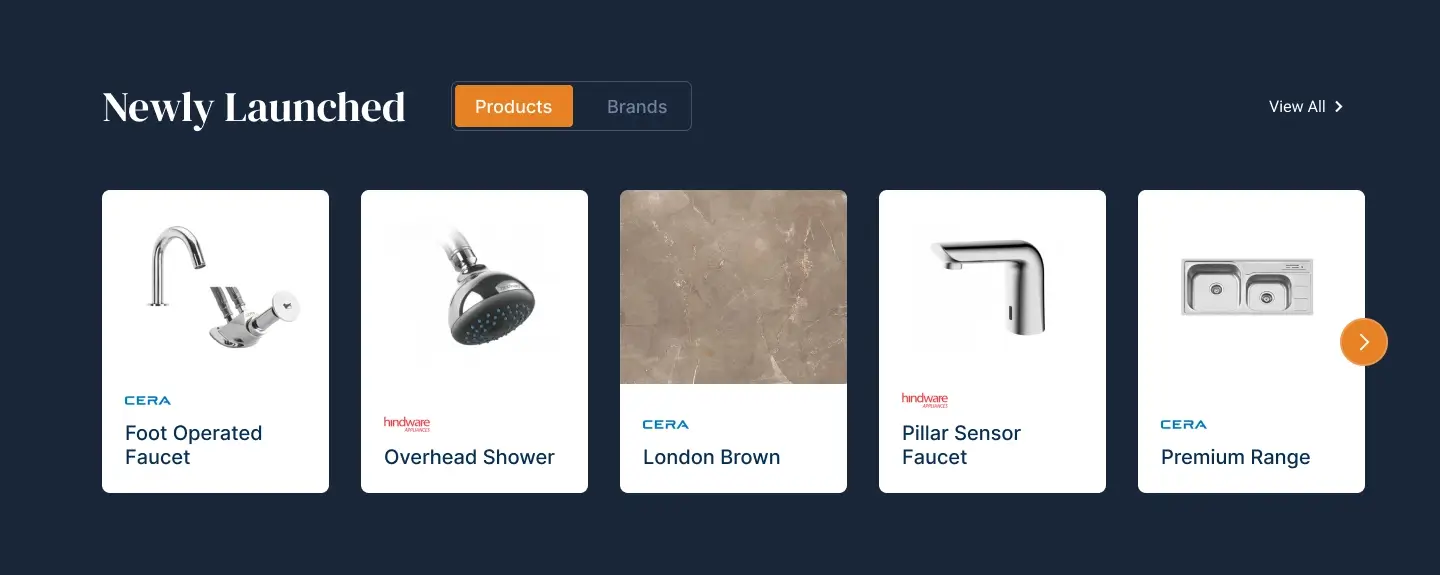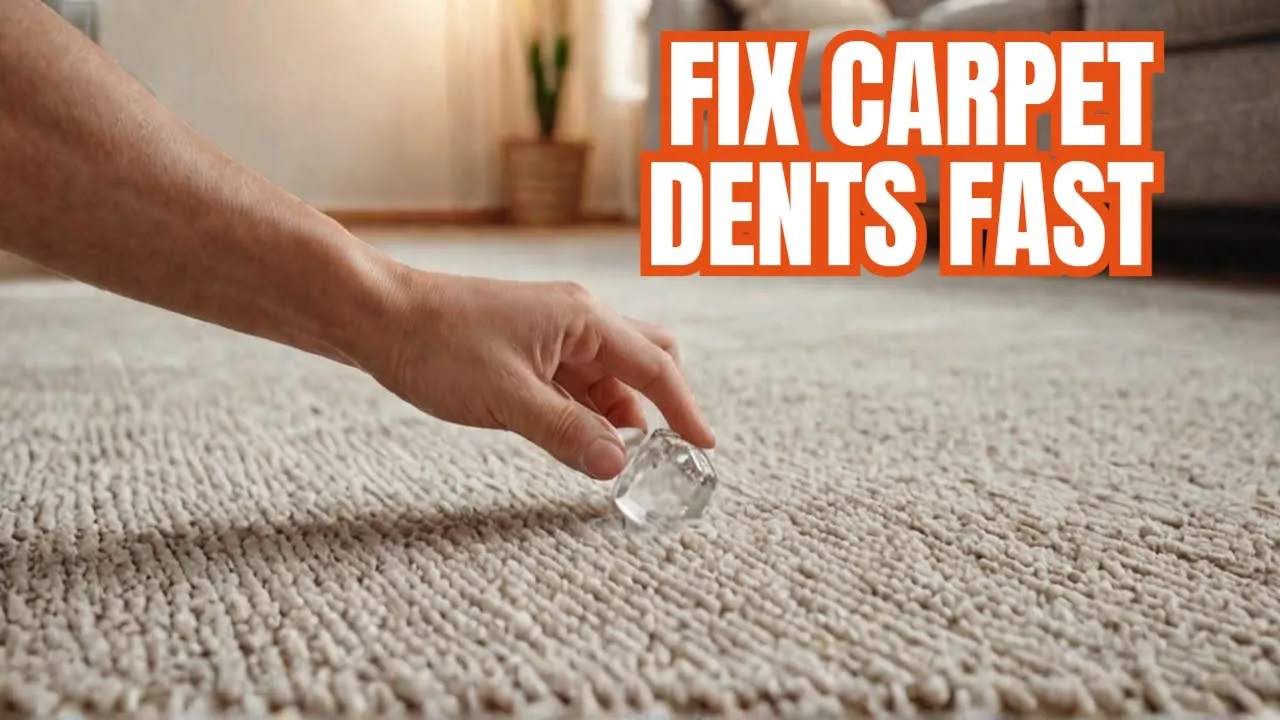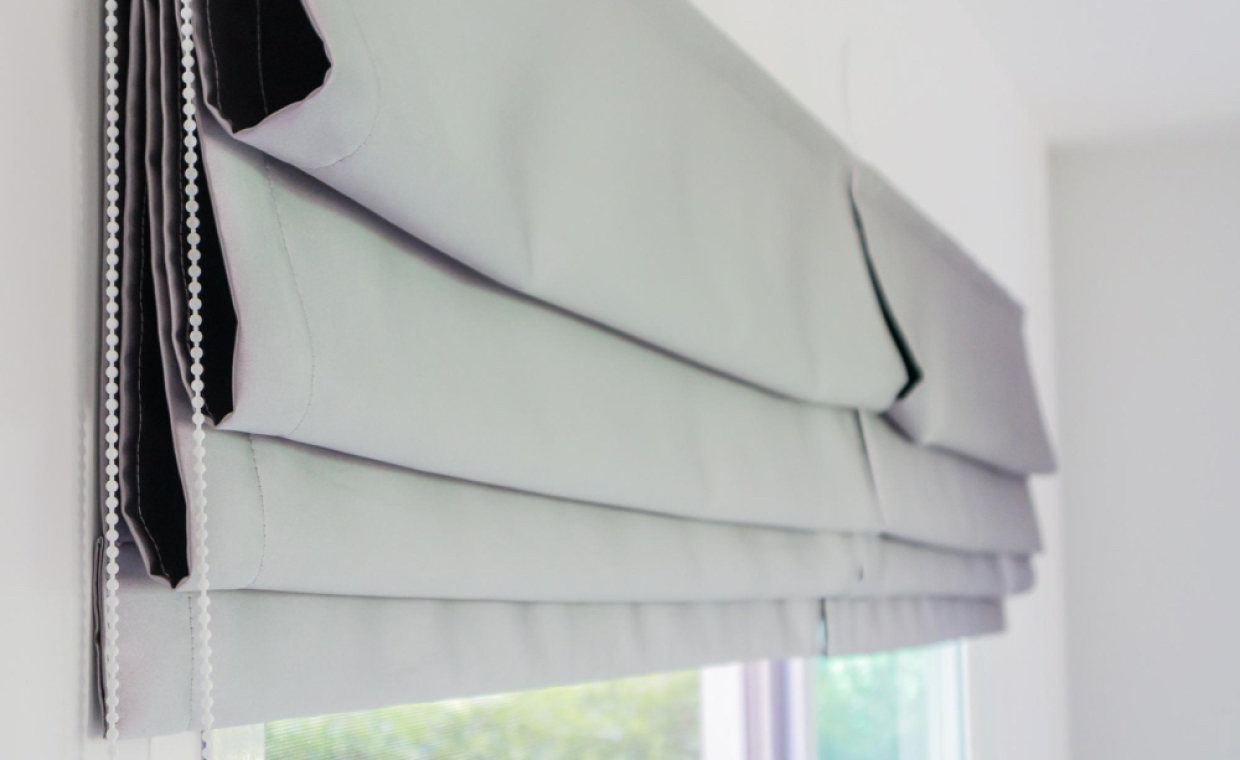
Table of Contents
When unusual insect activity appears around your home, it’s important to determine whether you’re facing an ant infestation or the more destructive problem termites. As experienced termite exterminators, we’ve outlined how to tell the difference between these two pests, the signs to watch for, and what steps to take next. Spotting the right pest early can protect your home and potentially save you thousands in repair costs.
Understanding the Difference: Ants vs. Termites

At first glance, ants and termites may look similar specially the winged versions. However, key physical characteristics can help you identify them:
- Waist: Ants have a narrow, pinched waist. Termites have a straight, broad waist.
- Antennae: Ants have bent (elbowed) antennae. Termites have straight antennae.
- Wings: Termites have two pairs of wings that are equal in size. Ants’ front wings are longer than the back pair.
- Color: Ants are usually black, red, or brown. Termites are pale, cream-colored, or translucent.
Recognizing these traits is critical for diagnosing the problem accurately.
Signs of a Termite Infestation

1. Hollow or Damaged Wood Tap on wooden beams, floors, or furniture if they sound hollow or break easily, termites may have eaten through the interior while leaving the exterior intact.
2. Mud Tubes on Walls or Foundations Subterranean termites build narrow, muddy tunnels to stay moist and protected as they travel from soil to wood. These tubes are commonly found on concrete or brick foundations.
3. Discarded Wings Near Windows or Doors Winged termites (swarmers) shed their wings after mating. Piles of tiny, transparent wings on window sills or near doors are a red flag.
4. Termite Droppings (Frass) Dry wood termites leave behind small, wood-colored pellets resembling sawdust or coffee grounds. These often accumulate beneath infested areas.
Signs of an Ant Infestation

1. Visible Foraging Trails Ants often form visible trails along baseboards, walls, counters, or exterior pathways. These trails lead to food sources or nesting sites.
2. Wood Shavings or Fragments Carpenter ants chew through wood to nest but they don’t eat it. Small piles of wood shavings or debris near baseboards, windows, or door frames can indicate an infestation.
3. Moist Wood Nesting Areas Carpenter ants prefer damp, decaying wood often found around leaking pipes, bathrooms, or damaged siding. You may even hear faint rustling inside walls, especially at night.
4. Aphid Activity on Outdoor Plants Some ant species “farm” aphids to collect their sugary secretion (honeydew). If you see ants clustering around plants infested with aphids, this may be a sign of an ant issue.
Behavioral Differences Between Ants and Termites
- Feeding Habits:
- Termites eat cellulose found in wood, drywall, and paper products.
- Ants prefer sugars, proteins, and greasy foods. Carpenter ants chew wood to nest, not to feed.
- Nesting Habits:
- Termites live in underground colonies or inside wood structures.
- Ants may nest in soil, walls, decaying wood, or even within electrical boxes and insulation.
Which Is More Destructive?
Termites are significantly more destructive than ants. They can silently hollow out structural supports, causing extensive damage before they’re even noticed. While carpenter ants can damage wood over time, most ants are considered more of a nuisance than a threat.
What to Do If You Suspect Termites

If you notice any of the warning signs above, contact a termite exterminator immediately. A professional can inspect your property, correctly identify the pest, and create a custom extermination and prevention plan. The sooner you act, the more you can minimize damage and cost.
Prevention Tips to Keep Your Property Pest-Free
- Eliminate Moisture Sources Fix leaky pipes, roofing issues, and poor drainage. Both ants and termites thrive in moist environments.
- Seal Entry Points Close gaps and cracks around doors, windows, pipes, and foundations to keep pests from entering your home.
- Store Wood Away from the House Keep firewood, mulch, and untreated lumber at least 20 feet away from your home’s foundation.
- Maintain Landscaping Trim tree branches and shrubs so they don’t touch your home. Overgrown vegetation can act as a highway for pests.
- Perform Regular Inspections Check crawl spaces, basements, attics, and the home’s foundation at least once per season especially in spring and fall.
When to Call a Termite Exterminator
Don’t wait. Termite damage often isn’t covered by homeowner’s insurance. If you see mud tubes, frass, discarded wings or even just suspect a problem it’s time to schedule a professional inspection. Our certified termite extermination team uses the latest tools and methods to identify pest activity and offer long-term protection solutions.
Also Read: How to Keep Your Home Odour-Free During the Monsoon Season






























